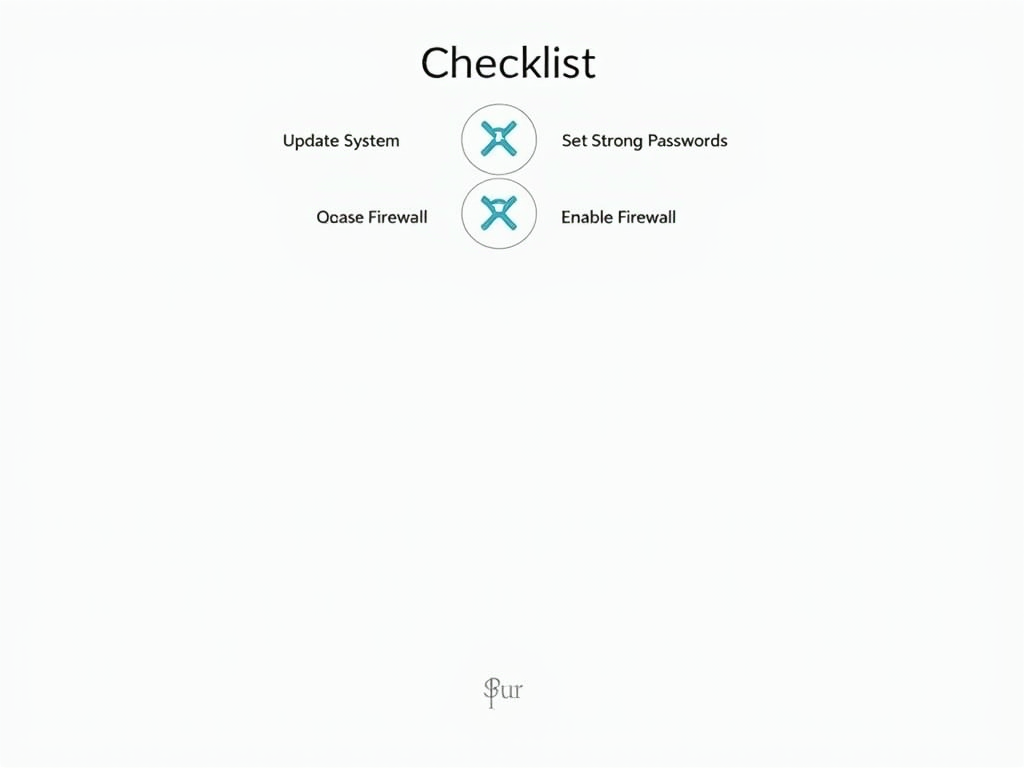How to Secure Your Linux System: A Comprehensive Guide
In today's digital landscape, securing your Linux system is more important than ever. Whether you're a seasoned sysadmin or a curious enthusiast, understanding how to protect your system from potential threats is crucial. This guide will walk you through the essential steps to fortify your Linux environment, ensuring your data remains safe and your system runs smoothly.
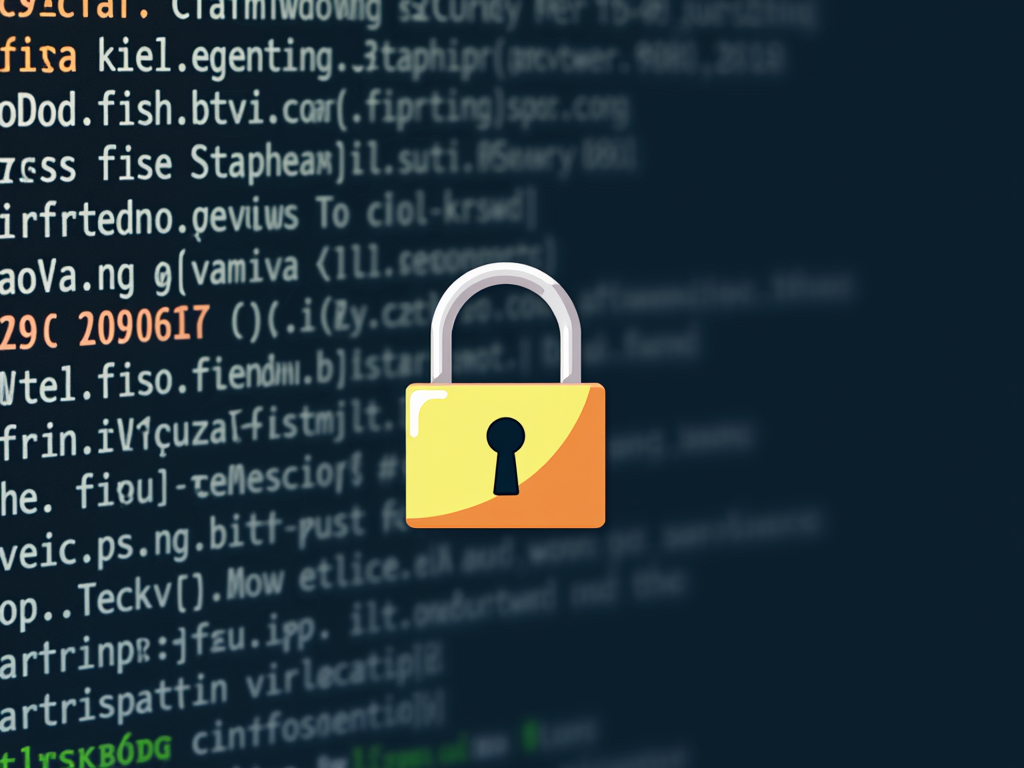
Why Security Matters
Linux is renowned for its robustness and security features, but no system is immune to attacks. From malware to unauthorized access, the threats are real and can have serious consequences. By implementing the right security measures, you can safeguard your system and maintain your peace of mind.
User Management: The First Line of Defense
Effective user management is the cornerstone of Linux security. Here's how to get it right:
- Create Strong Passwords: Use a mix of letters, numbers, and symbols. Avoid common words or patterns.
- Limit Root Access: Use
sudofor administrative tasks instead of logging in as root. - Regularly Review User Accounts: Remove inactive accounts and ensure permissions are appropriate.
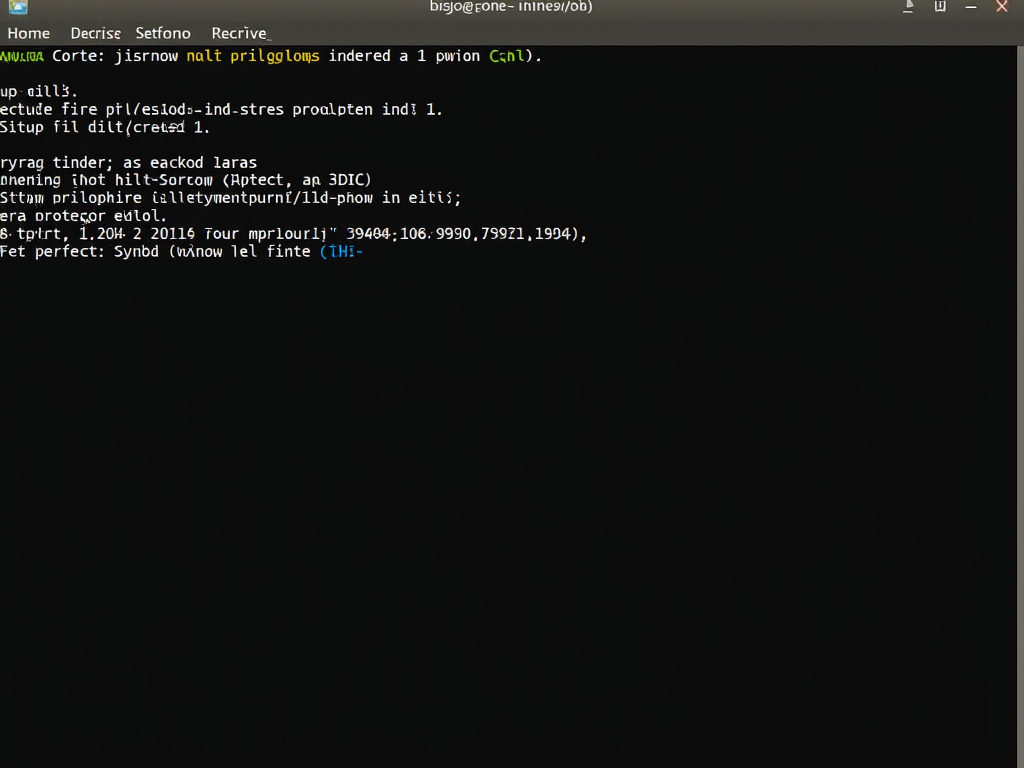
File Permissions: Control Who Sees What
Understanding and setting file permissions is vital. Use chmod to set permissions and chown to change ownership. Remember:
- Least Privilege Principle: Only grant the necessary permissions.
- Regular Audits: Periodically check permissions to prevent unauthorized access.
Network Security: Guarding the Gates
Your network is a potential entry point for attackers. Secure it with:
- Firewalls: Use
iptablesorufwto control incoming and outgoing traffic. - SSH Hardening: Disable root login and use key-based authentication.
- Regular Updates: Keep your system and software up-to-date to patch vulnerabilities.
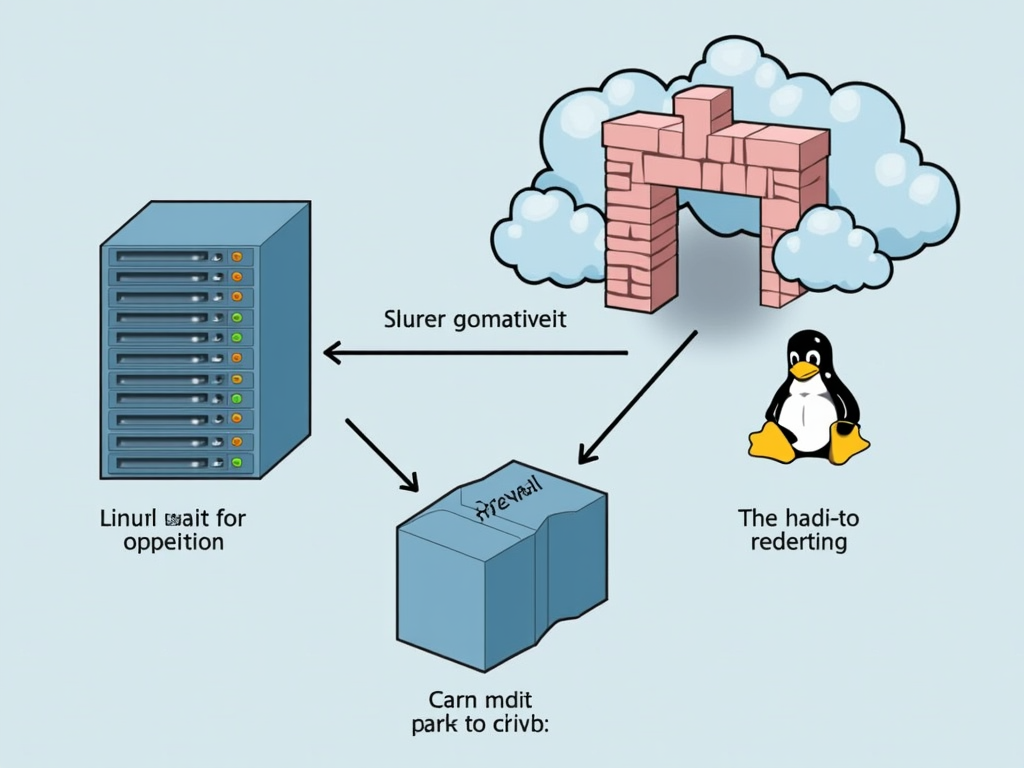
Encryption: Keeping Data Confidential
Encryption is your best friend when it comes to protecting sensitive data. LUKS (Linux Unified Key Setup) is a powerful tool for disk encryption. Here's a quick guide:
- Install LUKS: Use your package manager to install
cryptsetup. - Format the Disk: Run
cryptsetup luksFormat /dev/sdX. - Open the Encrypted Disk: Use
cryptsetup luksOpen /dev/sdX encrypted_disk. - Mount the Disk: Create a filesystem and mount it as usual.
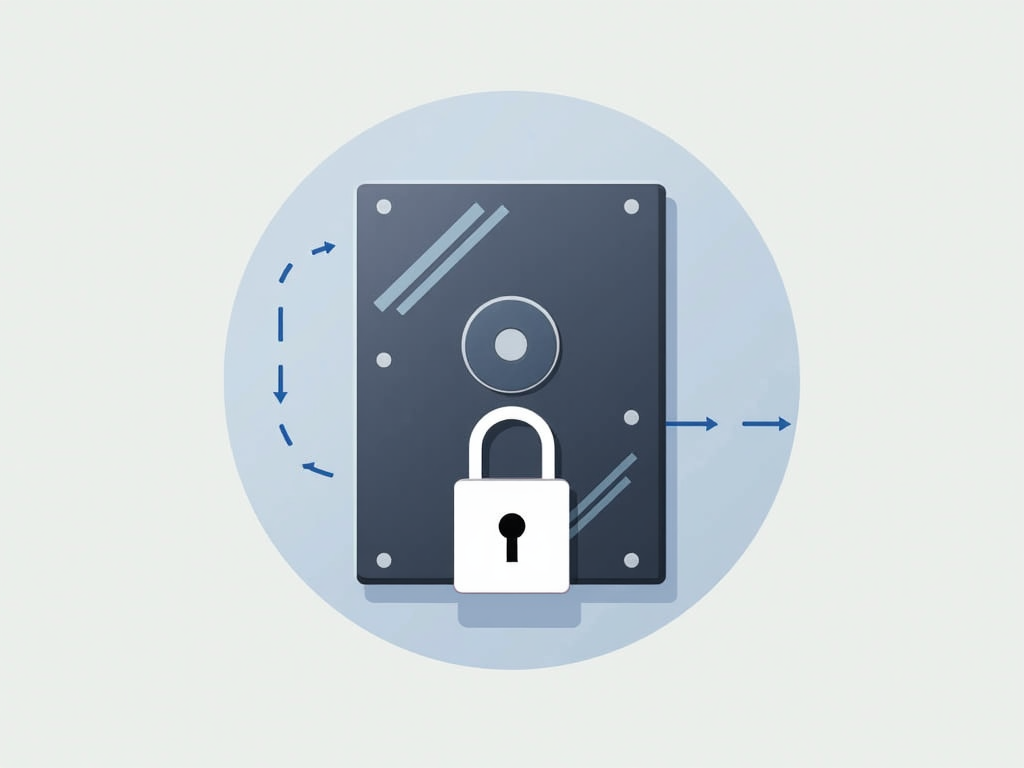
Monitoring and Logging: Stay Vigilant
Keeping an eye on your system is crucial for early threat detection. Set up monitoring tools like fail2ban to prevent brute-force attacks and regularly review logs for suspicious activity.
Conclusion
Securing your Linux system is an ongoing process that requires attention to detail and a proactive approach. By following the steps outlined in this guide, you'll be well on your way to creating a secure and resilient Linux environment. Remember, security is not a one-time task but a continuous journey.
